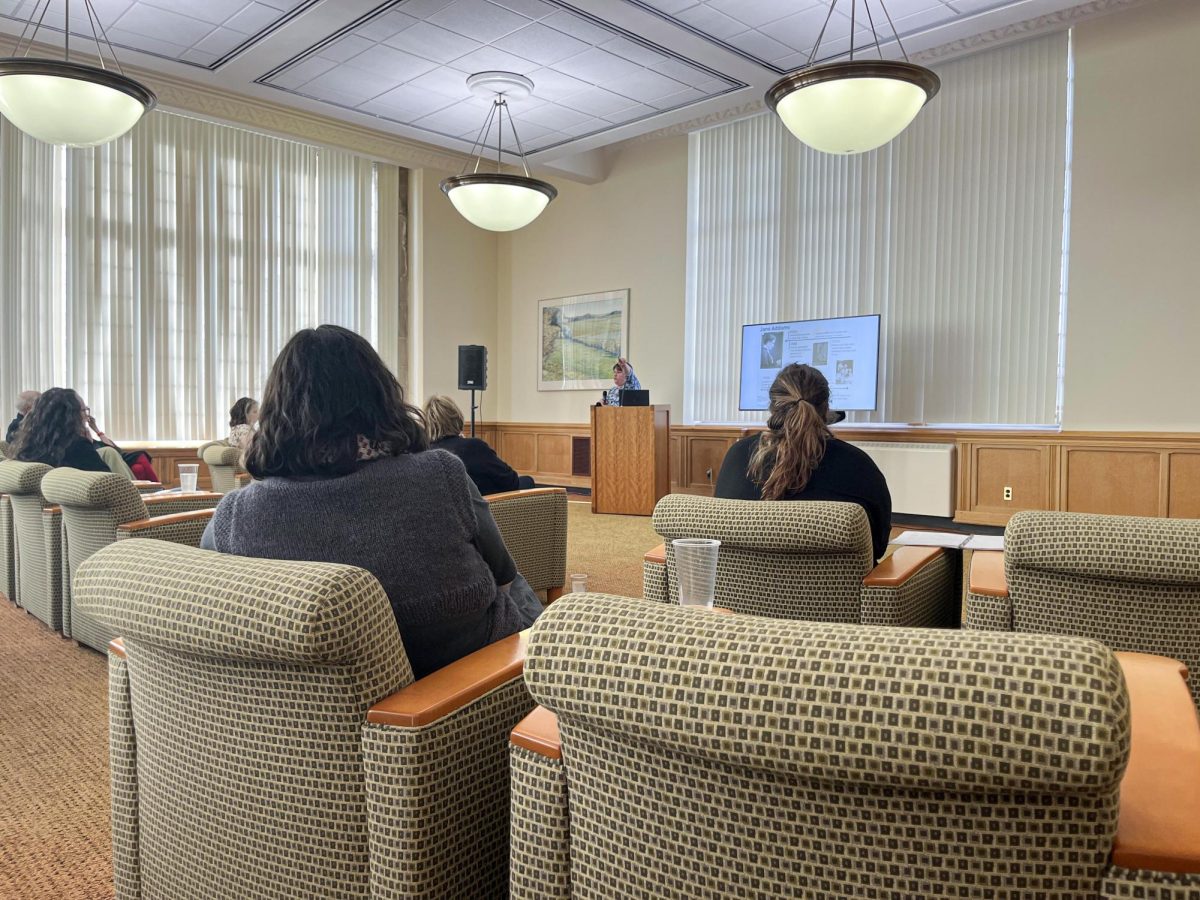Financial aid season is underway
October 15, 2018
As of Oct. 1, students can apply for the Free Application for Federal Student Aid, which is the first step in the financial aid process that determines the financial need of the students.
Josh Norman, the vice president of enrollment management, said financial aid is the financial assistance to meet the demonstrated need of prospective and current students.
Financial aid, in theory, is supposed to cover tuition, fees, textbooks, room and board, cost of living expenses, travel, etc., and Norman said this type of aid is a joint responsibility between the university and the student to make sure all financial needs are met.
Jennifer Hedges, the financial aid manager, said while some types of aid vary from school to school, the amount awarded through the Federal Pell Grant, which is the most common source, remains the same for every university.
This is because the money that is awarded through the FAFSA is federal funding from the United States Department of Education and state funding from the Illinois Student Assistance Commission.
However, Norman said one of the biggest issues with the FAFSA is students not filling it out in a timely manner.
He said students who do not complete their FAFSA might not have as much funds available to them as they might expect, and therefore it is important to file as soon as possible because many grants and funds are capped at a certain point.
He said once that money is distributed, the opportunity to receive it is gone.
“(When students wait and) get outside of that October/November time frame … you could typically see thousands of dollars of difference when those available supporting funds are no longer available,” Norman said.
But, he said that waiting until the middle of October will not affect it greatly, and students should still take applying very seriously because there are many scholarships that go unclaimed every year.
“It’s heartbreaking because I know there’s students that need it,” Norman said.
When it comes to filling out the application, students will have to provide income and 2017 tax information, assets and savings information and demographics for both the student and their parent(s).
After the student fills that out, Hedges said FAFSA uses the information provided to determine that student’s financial need and Expected Family Contribution (EFC) using a federally-determined calculation.
The schools listed on the student’s FAFSA all receive that calculation, which determines how much aid the student is awarded, she said.
If a student has little to no income, or EFC, then they will receive a lot of financial aid because there is a greater perceived need, she said.
But Norman said it might still be difficult for that student as their day-to-day discretionary spending might still need to be covered by either a part-time job or family contribution.
If a student has a high expected EFC, that is where scholarships comes in.
Even if the parents are expected to make a large monetary contribution to their education, it does not mean that the student is not still eligible for academic scholarships and other grants that are not need based.
Norman said sometimes when students receives an education for free, they assume it was not hard to receive and therefore do not work hard to maintain it.
But he said this “con” was in no way the norm of students who showed great financial need and received aid, and it can be remedied with a good work ethic and an understanding of financial aid.
Jacquelyn Wilson can be reached at 581-2812 or jbwilson2@eiu.edu.









![[Thumbnail Edition] Eastern Illinois University baseball's hitting coach and recruiting coordinator Mike Pugliese urges players on the team to increase their effort after a slow start to its pregame routine at the team's first intrasquad scrimmage of the season at O'Brien Field on Jan. 31, 2025.](https://www.dailyeasternnews.com/wp-content/uploads/2025/03/BB_02_O-1-e1741909628540-1200x702.jpg)
![[Thumbnail Edition] Senior tennis player Luisa Renovales Salazar hits the tennis ball with her racket at the Darling Courts at the Eastern Illinois University campus in Charleston, ILL.](https://www.dailyeasternnews.com/wp-content/uploads/2025/03/Tennis_01_O-1-e1741807434552-1200x670.jpg)
![[Thumbnail Edition] Senior right-handed pitcher Tyler Conklin pitching in the Eastern Illinois University baseball team's intrasquad scrimmage at O'Brien Field in Charleston, Illinois on Jan. 31.](https://www.dailyeasternnews.com/wp-content/uploads/2025/03/TC_01_O-e1741567955534-1200x669.jpg)





![[Thumbnail Edition] Senior, forward Macy McGlone finds an open teammate to pass the ball too during the game against the Tennessee State Tigers 69-49, in Groniger Arena on the Eastern Illinois University campus, Charleston Ill.](https://www.dailyeasternnews.com/wp-content/uploads/2025/03/WBB_02_O-1-e1741228987440-1200x692.jpg)


















![E[Thumbnail Edition] Eastern Illinois softball freshman utility player Abbi Hatton deciding to throw the softball to home plate in a fielding drill during softball practice at the field house in Groniger arena on Tuesday Feb. 11.](https://www.dailyeasternnews.com/wp-content/uploads/2025/03/SB_03_O-e1741208880750-1-e1741209739187-1200x815.jpg)















![The Weeklings lead guitarist John Merjave [Left] and guitarist Bob Burger [Right] perform "I Am the Walrus" at The Weeklings Beatles Bash concert in the Dvorak Concert Hall on Saturday.](https://www.dailyeasternnews.com/wp-content/uploads/2025/03/WL_01_O-1200x900.jpg)
![The team listens as its captain Patience Cox [Number 25] lectures to them about what's appropriate to talk about through practice during "The Wolves" on Thursday, March 6, in the Black Box Theatre in the Doudna Fine Arts Center in Charleston, Ill.](https://www.dailyeasternnews.com/wp-content/uploads/2025/03/WolvesPre-12-1200x800.jpg)



















